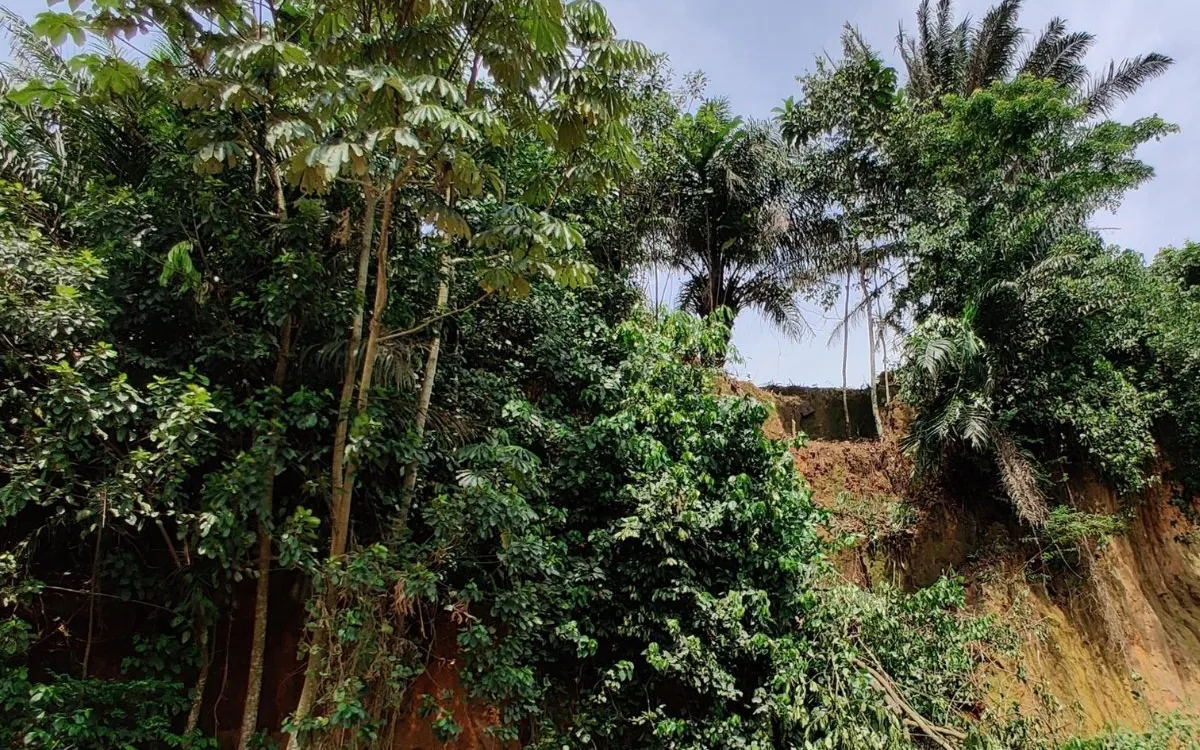
Modern humans, or Homo sapiens, are believed to have evolved around 300,000 years ago. However, it was long thought that they began inhabiting rainforests much later. Earlier archaeological evidence suggested human habitation in rainforest habitats only about 70,000 years ago. Surprising new research now indicates that this timeline extends back more than 80,000 years further into the past.
An international team of researchers has reinvestigated a site in modern-day Côte d’Ivoire, revealing that humans began living in rainforests as early as 150,000 years ago. This fascinating discovery, detailed in a study published in the journal Nature, challenges previous beliefs and confirms that various landscapes influenced human evolution, not just open savannas and grasslands.
Eslem Ben Arous, an archaeologist at the Max Planck Institute of Geoanthropology and lead author of the study, emphasized, “Before our study, the oldest secure evidence for habitation in African rainforests was around 18 thousand years ago, and the oldest evidence of rainforest habitation anywhere came from Southeast Asia at about 70 thousand years ago. This pushes back the oldest known evidence of humans in rainforests by more than double the previously known estimate.”
Yodé Guédé, a co-author from the Université Félix Houphouët-Boigny, initiated the study of the location in the 1980s. Guédé and his team discovered a stratified site featuring stone tools in a Côte d’Ivoire rainforest but struggled to determine their age. “With Professor Guédé’s help, we relocated the original trench and were able to re-investigate it using state-of-the-art methods that were not available thirty to forty years ago,” explained James Blinkhorn, an archaeologist at the University of Liverpool who participated in the study. The team determined the site to be 150,000 years old, analyzing plant remains within sediment samples to confirm the region's rainforest status during that time.
Eleanor Scerri, senior author of the study and an archaeologist at the Max Planck Institute of Geoanthropology, remarked, “Convergent evidence shows beyond doubt that ecological diversity sits at the heart of our species. This reflects a complex history of Homo sapiens population subdivision, where different populations lived in various regions and habitat types.”
The study raises significant questions about how these early human niche expansions impacted the plants and animals sharing the same niche-space with humans. It challenges the savanna hypothesis of human evolution, which posits that transitioning from forested habitats to open landscapes millions of years ago contributed to developing crucial features like bipedalism, tool use, and hunting strategies.
This groundbreaking study ultimately rewrites the history of prehistoric human habitats and paves the way for investigating the long-overlooked role of rainforests in developing modern humans. It prompts further inquiry into the potential ways our species may have altered these rainforests upon their return, reshaping the narrative of human ecological interactions and adaptations.